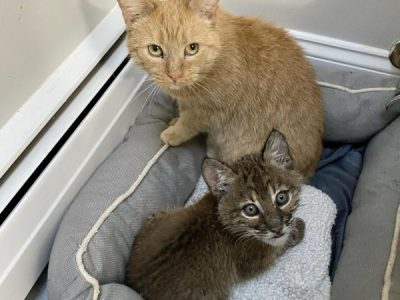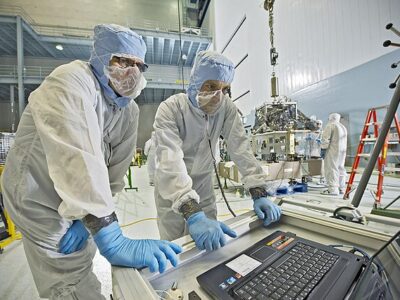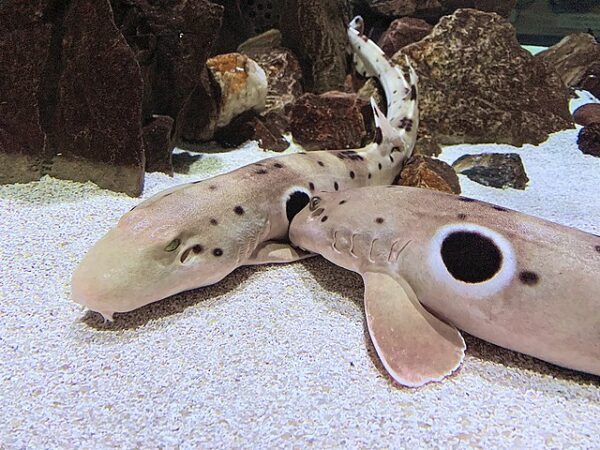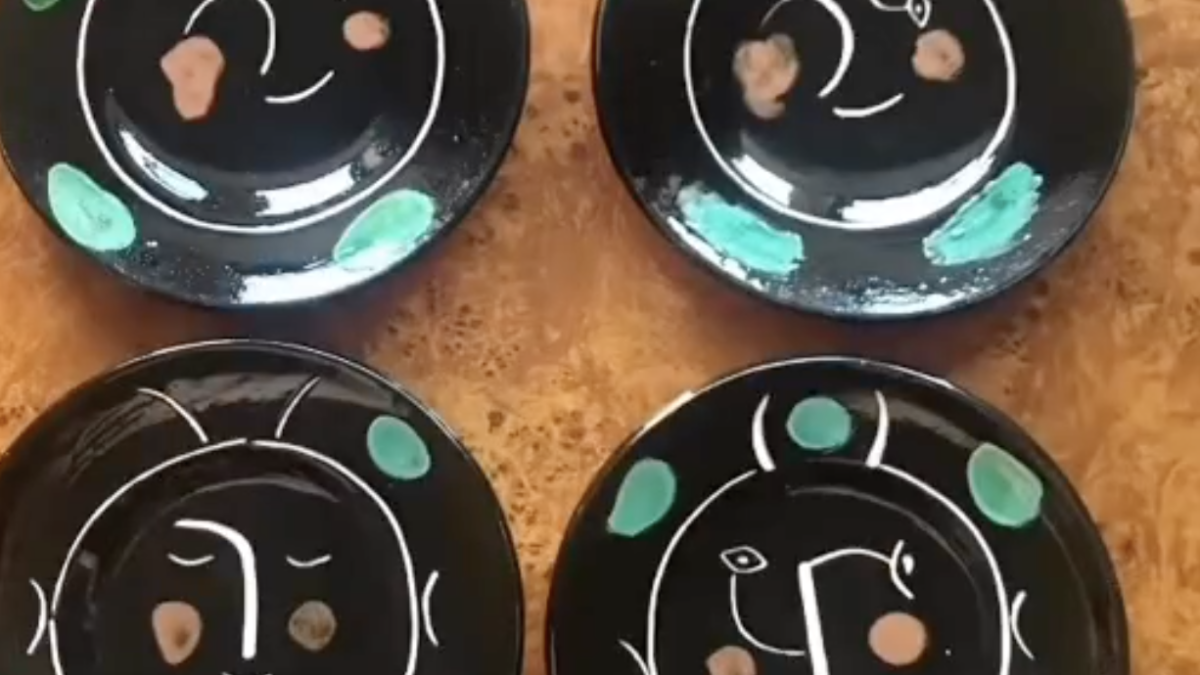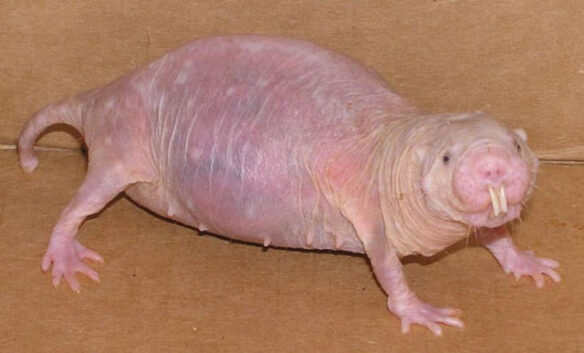
The naked mole rat might be one of the ugliest animals on the planet. These small, subterranean mammals are characterized by their lack of fur, hence the name “naked” mole rat. Their skin is wrinkled and pinkish in color, making them resemble miniature, wrinkled sausages. They have small, beady eyes and large, sharp incisors that protrude from their mouths.
They also might be the most important animal in medicine since the realization that milkmaids were often immune to smallpox because the dairy cows they worked with had a virus that led to the invention of the smallpox vaccine.
Medical researchers believe that a gene carried by naked mole rats may lead to “the elixir of long life.”
Largely immune to cancer, impervious to some forms of pain, and seemingly blessed with the elixir of life, you may well owe your life to them one day, according to The Conversation.
Not content with just being immune to cancer, naked mole-rats are also impervious to some normally agonising chemical stimuli, such as capsaicin (the substance that makes chilli peppers taste hot) and acid (what gives lemon juice and vinegar their kick). For their acid-insensitivity, researchers are clearer about why. A subtle difference in one particular molecule of the animal’s pain-sensing nerves turns acid into an anaesthetic. That is, rather than stimulating pain-sensing nerves, it actually numbs them – just like an anaesthetic that your dentist administers before the drilling starts. Sadly, this superpower only works with specific chemical stimuli – heat and pressure are just as damaging to them as us.
Scientists are now further studying the naked mole-rat to see whether we might be able to make the human pain system similarly impervious to acid pain. This could be extremely useful for cancer and arthritis sufferers, for whom build-ups of acid in body tissue can be a major contributor to chronic pain. The molecule responsible for insensitivity to acid in mole-rats also plays a role in human genetic conditions that drastically alter pain perception, and as a result of this convergent research, potential painkillers targeting this molecule have made it into clinical trials in humans.
Naked mole-rats are also highly resilient to low oxygen conditions. Their nerve cells can function for almost one hour in the complete absence of oxygen, by instead using fructose to power energy production. In studying this remarkable ability, my lab and others are hoping to uncover novel treatments to prevent brain damage in stroke patients.
Naked mole-rats are also renowned for their longevity. Broadly speaking, a larger body equals longer life in mammals. Standard lab mice weigh around 35 grams, and usually live a maximum of two to three years. Naked mole-rats can be up to twice as heavy, so might be expected to live four to six years, but can actually survive for more than 30 years in captivity. That’s longer than the lifespan of polar bears and giraffes. And while humans experience from many ageing-associated health problems (for example, osteoarthritis), naked mole-rats appear to age without issue. Research into the ageing processes of naked mole-rats is only in its infancy, but could have multiple implications for treating ageing-related conditions in humans.
Now, researchers have successfully transferred the gene that makes naked mole rats resilient to so many ailments to a mouse, showing that it can be done.
According to the study, which is published in the journal Nature, this longevity gene is instrumental in producing high molecular weight hyaluronic acid (HMW-HA) known for its cellular repair and protection properties,” reports Study Finds. “The mice exhibited an approximate 4.4-percent increase in the average lifespan, akin to an additional 3.5 years for an 80-year-old human.
Previously, the researchers identified HMW-HA as a key factor in the naked mole rats’ exceptional cancer resistance. These mole rats have almost 10 times more HMW-HA in their systems compared to mice and humans. A notable observation was that when HMW-HA was eliminated from mole rat cells, these cells were more prone to forming tumors.
The researchers engineered a mouse model to produce the naked mole rat’s version of the hyaluronan synthase 2 gene, responsible for creating the protein that yields HMW-HA. While all mammals possess this gene, the version found in the naked mole rat appears to promote more robust gene expression.
Remarkably, mice with the naked mole rat’s gene variant showed heightened resistance to spontaneous tumors and chemically induced skin cancers. Additionally, these mice demonstrated better overall health, longer lives, reduced inflammation – a common marker of aging – and maintained a healthier gut as they aged.”
“Our study provides a proof of principle that unique longevity mechanisms that evolved in long-lived mammalian species can be exported to improve the lifespans of other mammals,” Vera Gorbunova, the main researcher of the project and a professor of biology and medicine at the University of Rochester said in a press release.
Research suggests that HMW-HA’s advantageous impacts stem from its direct immune system regulatory properties, yet a more comprehensive comprehension of this association demands further investigation. The forthcoming research phase is poised to delve deeper into the potential advantages that this genetic factor might offer to human health. As noted by Gorbunova, the journey from discovering HMW-HA in naked mole rats to demonstrating its health benefits in mice spanned a decade. The ultimate aspiration is now to expand upon these findings, aiming to bestow these remarkable benefits upon the human population.


